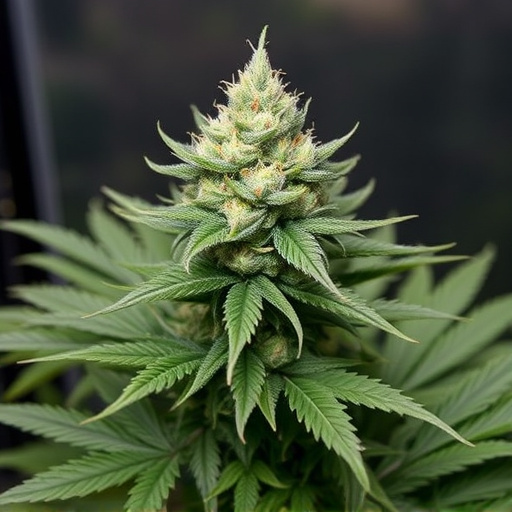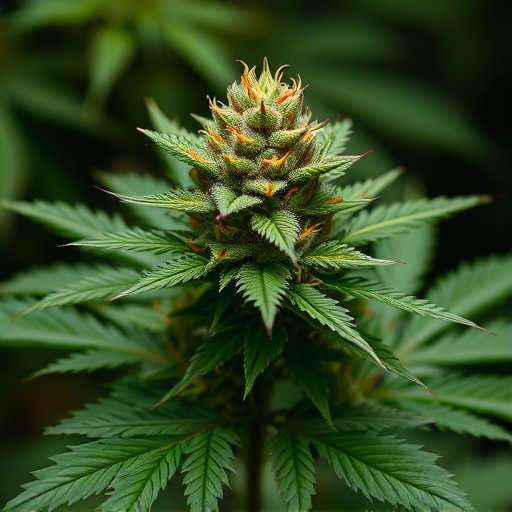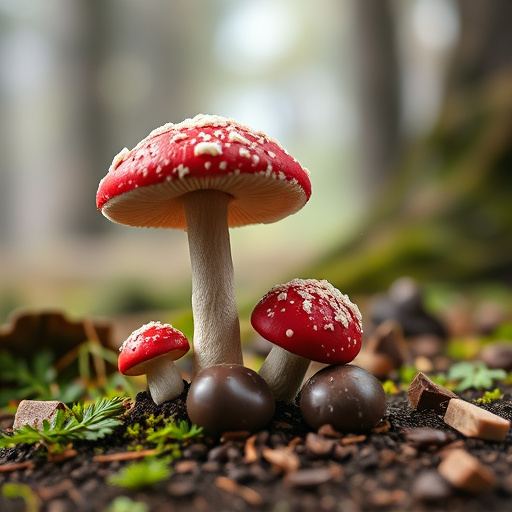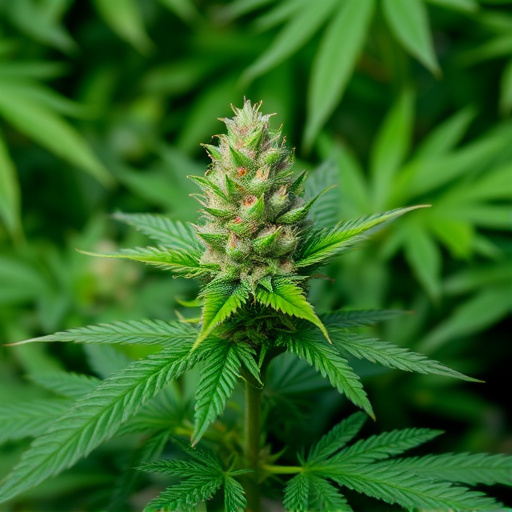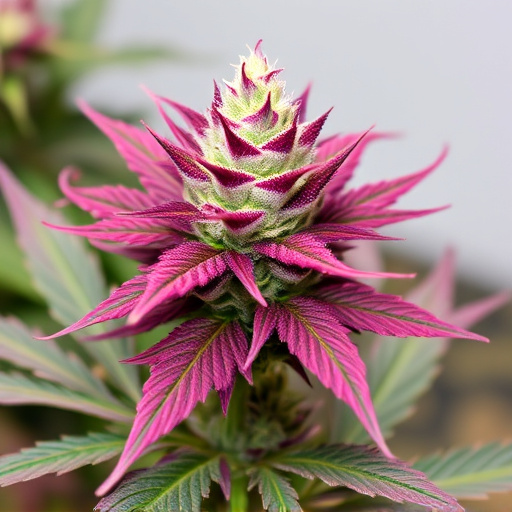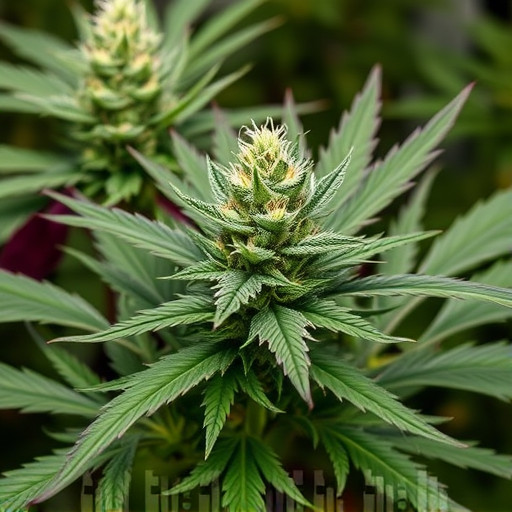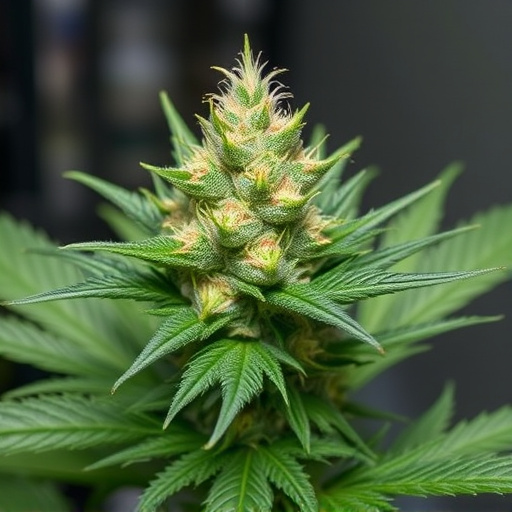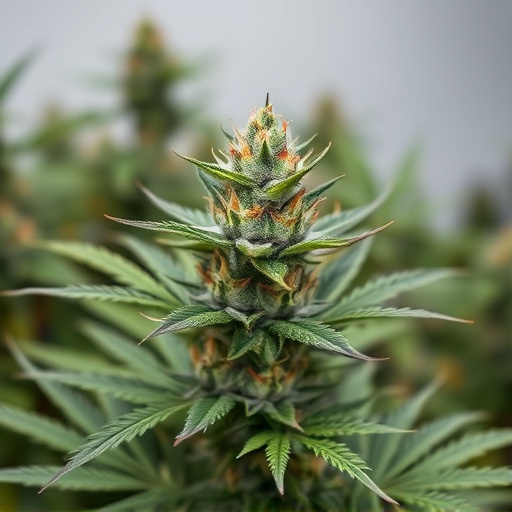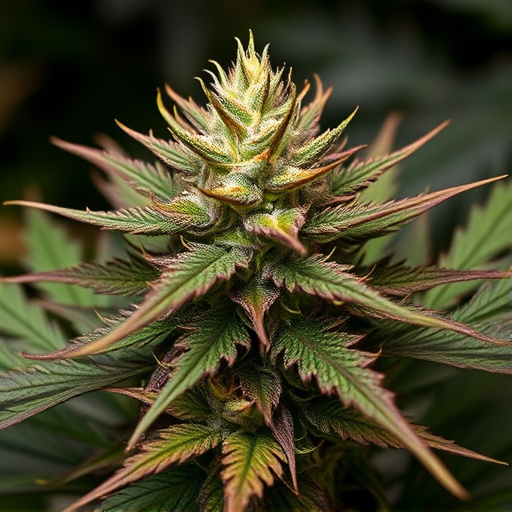Understanding the science behind newest strains of cannabis is key to assessing quality. These strains emerge from innovative breeding programs focusing on cannabinoid profiles (THC, CBD) and terpene composition, which influence scent, flavor, and effects. Cultivators tailor these elements—from relaxation to cognitive enhancement—to meet diverse preferences and therapeutic needs. Environmental factors like sunlight, temperature, humidity, and soil health, along with cultivation techniques like topping and nutrient-rich soil, also significantly impact newest strains of cannabis' quality and desired attributes.
“Uncover the secrets behind top-quality weed with our comprehensive guide. From the science of cannabis strains to the intricate balance of terpenes and cannabinoids, we explore what makes each bud exceptional. Dive into the art of cultivation, where environmental factors play a pivotal role in nurturing the newest strains of cannabis. Discover the key elements that contribute to optimal weed quality, offering an insightful journey for both enthusiasts and cultivators.”
- Understanding the Science Behind Cannabis Strains
- Terpenes and Cannabinoids: The Key Players in Quality
- Environmental and Cultivation Factors for Optimal Weed Quality
Understanding the Science Behind Cannabis Strains
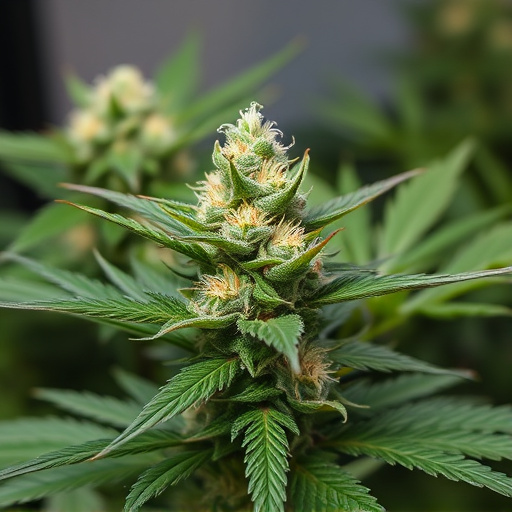
Understanding the science behind cannabis strains is key to discerning quality. Cannabis plants, scientifically known as Cannabis sativa, produce a diverse range of compounds called cannabinoids, with tetrahydrocannabinol (THC) and cannabidiol (CBD) being the most well-known. These cannabinoids interact with our body’s endocannabinoid system, influencing various physiological processes. Each cannabis strain possesses a unique combination of these cannabinoids, contributing to its distinct characteristics and effects.
The newest strains of cannabis often emerge from innovative breeding programs aimed at enhancing specific traits like THC content, terpene profiles, or CBD levels. Terpenes, aromatic compounds found in plants, further add to the complexity as they not only provide scent and flavor but also interact with cannabinoids, modulating their effects. By studying this intricate interplay between cannabinoids and terpenes, cultivators can create strains tailored to different preferences and therapeutic needs, ultimately enhancing the overall quality experience.
Terpenes and Cannabinoids: The Key Players in Quality
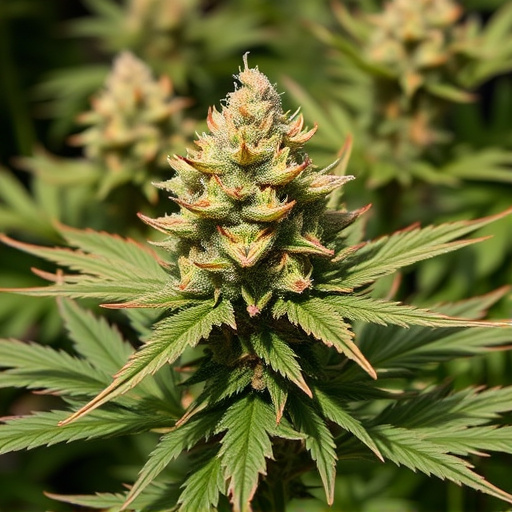
Terpenes and cannabinoids are the backbone of any cannabis strain, playing a pivotal role in dictating its quality and unique properties. Terpenes, aromatic compounds naturally present in cannabis, not only contribute to the distinct scent and flavour of different strains but also offer potential therapeutic benefits. Each terpene has its own set of effects; for instance, myrcene is known for its sedative qualities, while limonene boosts mood and energy levels. As breeders develop new strains, they often focus on balancing these terpenes to create desirable profiles.
Cannabinoids, the most well-known being THC (tetrahydrocannabinol) and CBD (cannabidiol), are responsible for the plant’s psychoactive and medicinal properties. The ratio of THC to CBD in a strain significantly influences its potency and effects. Newest strains of cannabis often boast carefully curated cannabinoid profiles, catering to specific preferences and desired outcomes, whether it’s relaxation, pain relief, or cognitive enhancement.
Environmental and Cultivation Factors for Optimal Weed Quality
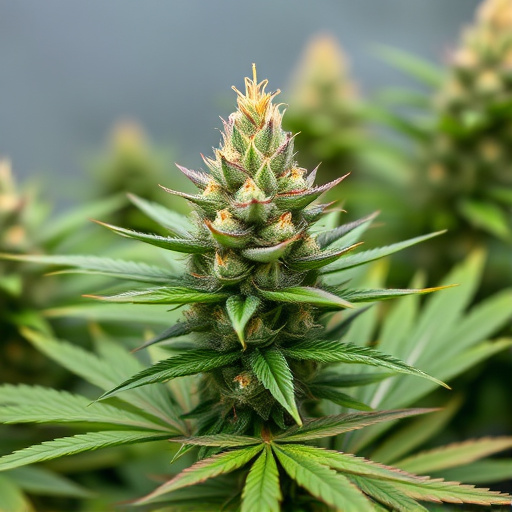
The environment in which cannabis plants are grown plays a significant role in determining their quality, particularly for the newest strains of cannabis that are constantly being developed and refined. Factors like sunlight exposure, temperature, humidity, and soil composition can greatly influence the flavor, aroma, and potency of the final product. For instance, optimal sunlight exposure enhances photosynthesis, leading to healthier plants with enhanced cannabinoid profiles. Similarly, controlled temperature and humidity levels facilitate ideal growing conditions, ensuring that cannabis flowers develop at a steady pace while preserving their desirable traits.
Cultivation techniques also contribute to high-quality weed. Skilled cultivators employ methods such as topping, training, and pruning to optimize light distribution and air circulation within the grow space. These practices not only prevent excessive stretching of plants but also encourage dense, resinous buds that are highly sought after by cannabis enthusiasts. Additionally, using nutrient-rich, pH-balanced soil or hydroponic systems can significantly boost terpene production and overall cannabinoid concentration, further elevating the quality of the final product for those who enjoy exploring the diverse profiles offered by the newest strains of cannabis.
In understanding what makes quality weed, we’ve explored the science behind cannabis strains, the crucial roles of terpenes and cannabinoids, and the environmental cultivation factors that contribute to its excellence. By delving into these aspects, from the latest strains of cannabis to their molecular compositions and growing conditions, we can better appreciate the art and science of cultivating premium cannabis products. This knowledge empowers both cultivators and consumers to make informed decisions, ensuring access to the highest-quality weed available.
